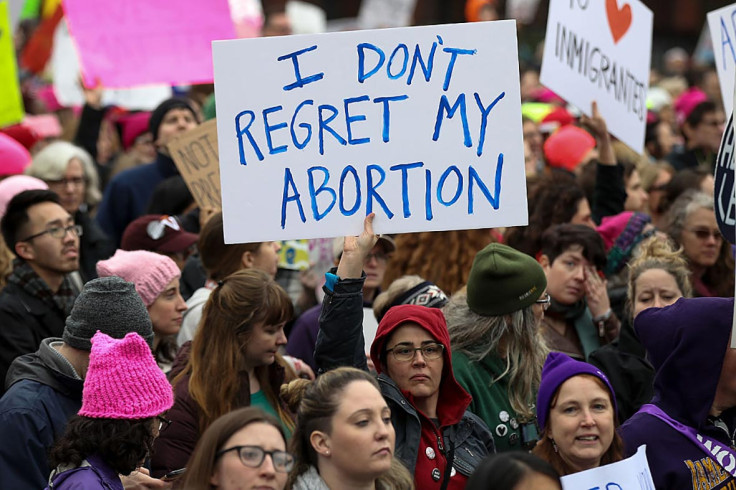International Women's Day 2017: 'Be Bold for Change' theme and history of the feminist movement
This year has already seen millions of women take a stand against inequality.

From women's suffrage to equal pay and political representation, International Women's Day (IWD) has celebrated the social, cultural and economic achievements of women for more than a century.
The theme for this year's IWD is "Be Bold for Change" to create a more gender-inclusive world. It comes at a time when millions of women and allies around the world have already been taking a stand against inequality and injustice.
January saw the largest women-led marches take place in history, held in cities around the world from Washington DC and London to Seoul and Sydney.
This year, the IWD organisers are urging everyone to be a driving force for equality. "Each one of us – with women, men and non-binary people joining forces – can be a leader within our own spheres of influence by taking bold pragmatic action to accelerate gender parity. Through purposeful collaboration, we can help women advance and unleash the limitless potential offered to economies the world over."
Where did International Women's Day come from?
International Women's Day emerged from labour movements at the turn of the 20th century in Europe and North America.
The very first Women's Day observance was held in New York on 28 February 1909 by the Socialist Party of America, in remembrance of the 1908 strike of the International Ladies' Garment Workers' Union.
In 1910, an International Women's Conference was organised ahead of a meeting of the Socialist Second International in Copenhagen, Denmark. Inspired by the American demonstrators, German socialist Luise Zietz proposed the establishment of an International Woman's Day to promote women's suffrage and equal rights.
The following year, the day was observed by more than one million people in Denmark, Germany, Austria and Switzerland for the very first time. Women demanded the right to vote, the right to hold office and protested against employment discrimination. In 2013, the day was marked by Russian women on the last Sunday of February.
In the UK, International Women's Day was first marked on 8 March 1914. British suffragette leader Sylvia Pankhurst was arrested in front of Charing Cross station on her way to speak in Trafalgar Square in London, during a march from Bow in support of the right to vote. Three years later, IWD demonstrations in Saint Petersburg initiated the February Revolution, which would lead to the abdication of Tsar Nicholas II.
International Women's Day was celebrated for the first time by the United Nations in 1975. Two years later, the General Assembly adopted a resolution proclaiming a United Nations Day for Women's Rights and International Peace to be observed on any day of the year by member states, in accordance with their historical and national traditions.
Where is International Women's Day celebrated now?
It's marked worldwide and is an official holiday in several countries, including Afghanistan, Cambodia, Cuba, Montenegro, Russia, Ukraine and Vietnam.
Events take place around 8 March. In London, the Women of the World festival will take place once again at the Southbank Centre from Friday 10 to Sunday 12 March, with influential speakers, workshops, mentoring sessions and panel discussions featuring comedians, musicians, writers and more.
© Copyright IBTimes 2025. All rights reserved.






















